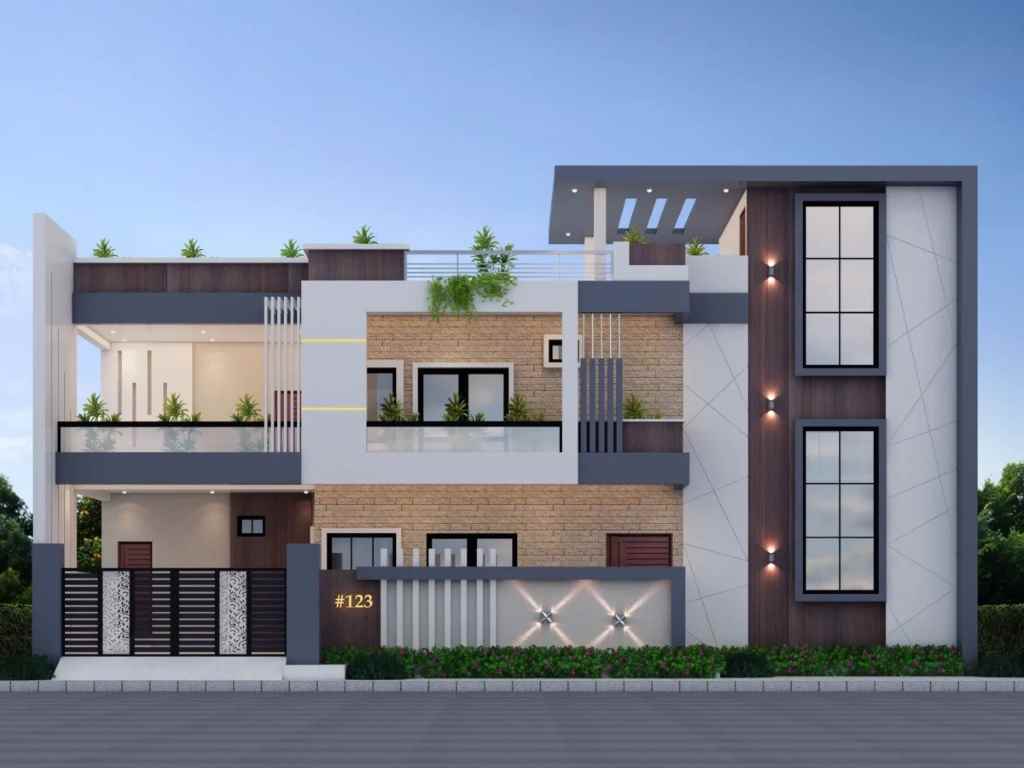3D home design software has revolutionized how we visualize and plan our living spaces. From DIY enthusiasts to professional interior designers, these tools offer a powerful way to bring ideas to life before a single hammer is swung. But is 3D home design the right fit for everyone? Let’s delve into the pros and cons to help you decide.
The Pros: Why 3D Home Design Shines
- Unparalleled Visualization: The most significant advantage of 3D home design is the ability to see your space in stunning detail. Walk through rooms, experiment with furniture arrangements, and get a realistic feel for how your design choices will come together. This immersive experience eliminates guesswork and reduces the chance of costly mistakes.
- Creative Freedom: Unlike traditional 2D floor plans, 3D design allows for boundless creativity and home property solutions. Experiment with colors, textures, lighting, and even landscape elements. This level of customization ensures your design truly reflects your unique style and preferences.
- Effective Communication: 3D models are a universal language for communicating design ideas. Share your vision with contractors, family members, or potential buyers. Clear visuals minimize misunderstandings and ensure everyone is on the same page.
- Cost and Time Savings: Virtual design lets you explore options without committing to expensive purchases or renovations. See how that statement sofa looks in the living room before buying it. Additionally, 3D models can help streamline the construction process by identifying potential issues early on.
- Accessibility: With a wide range of 3D home design software available, there’s an option for every skill level and budget. Free and beginner-friendly programs offer basic features, while professional-grade software caters to intricate designs.

The Cons: Potential Drawbacks to Consider
- Learning Curve: While user-friendly options exist, some software can have a steep learning curve. Mastering tools and techniques may take time and patience, especially for those new to design concepts.
- Hardware Limitations: Running complex 3D models can demand substantial processing power. Older or less powerful computers might struggle with rendering detailed designs, potentially leading to frustration.
- Not a Replacement for Expertise: 3D design is a tool, not a substitute for professional experience. While software can help you visualize, it might not offer the nuanced guidance of an architect or interior designer, especially for complex projects.
- Realism vs. Reality: While impressive, 3D renderings are still just representations. Materials, colors, and lighting can vary in real life, so it’s important to manage expectations and understand that the final result might differ slightly.
- Cost of Professional Software: While free or affordable options exist, professional-grade 3D design software can be expensive. This might be a barrier for those on a tight budget or for those who only need the software for occasional use.
Is 3D Home Design Right for You?
Consider these questions to determine if 3D home design is a good fit:
- What’s your goal? Are you simply looking for inspiration, planning a minor remodel, or embarking on a major renovation?
- What’s your budget? Consider both the cost of software and potential hardware upgrades if needed.
- What’s your tech comfort level? Be honest about your willingness to learn new software.
- Do you need professional guidance? Determine if you’ll need additional expertise for complex projects.
The Verdict
3D home design offers immense benefits, but it’s not a one-size-fits-all solution. By weighing the pros and cons and carefully assessing your needs, you can determine if this powerful tool will enhance your design journey.




